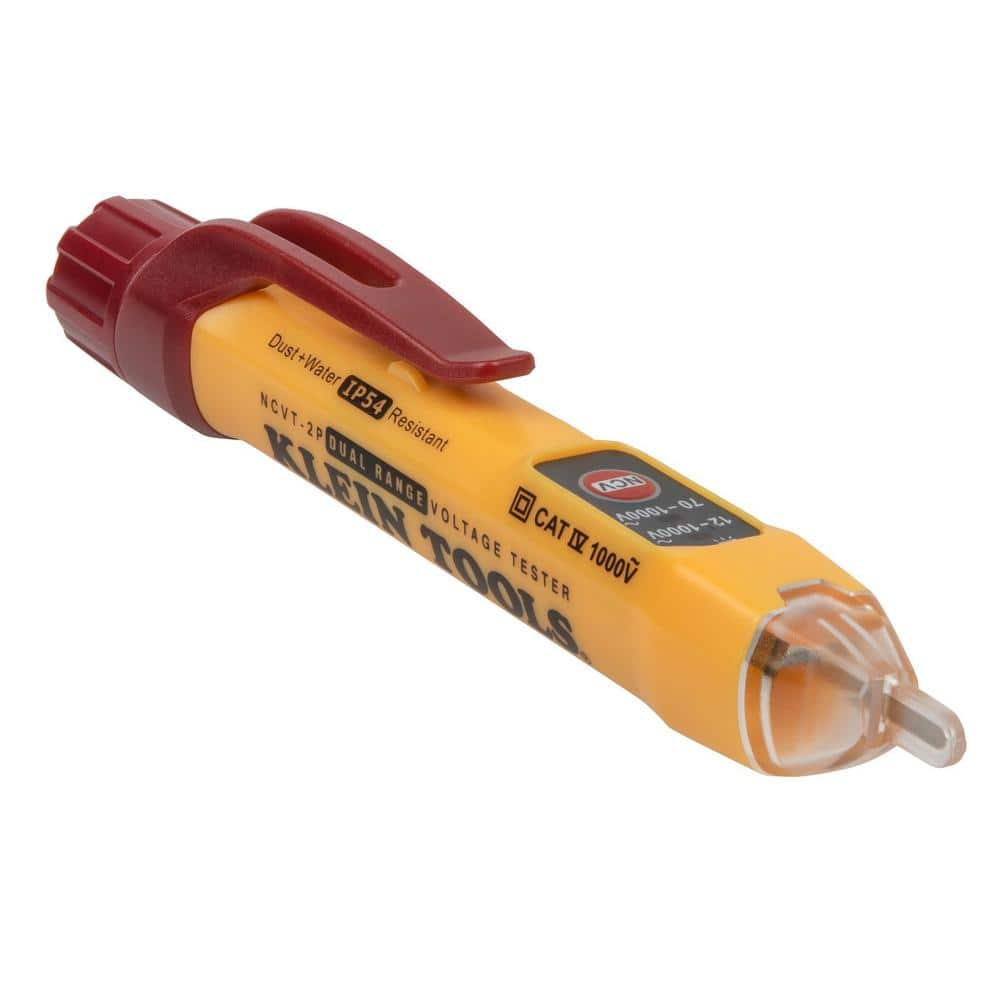- Location
- Wisconsin
- Occupation
- PE (Retired) - Power Systems
Many electricians treat 'ground' as their primary reference point. Many also treat neutral and ground as being the same point even though that is true only at their common point. Many electricians have experienced the thrill of opening a neutral connection on a multi-wire or a mis-wired branch circuit even though the line-ground voltage was zero.I have lots to learn about theory , but what your saying is since the neutral and ground are bounded they are at the same point and need to points to reference voltage right ? Thanks again
I always measure the N-G voltage as part of troubleshooting and when verifying de-energized.
Yes you need two points to measure a voltage. These points may vary for each measurement, so it is a good idea to mention which ones you used along with the results.



